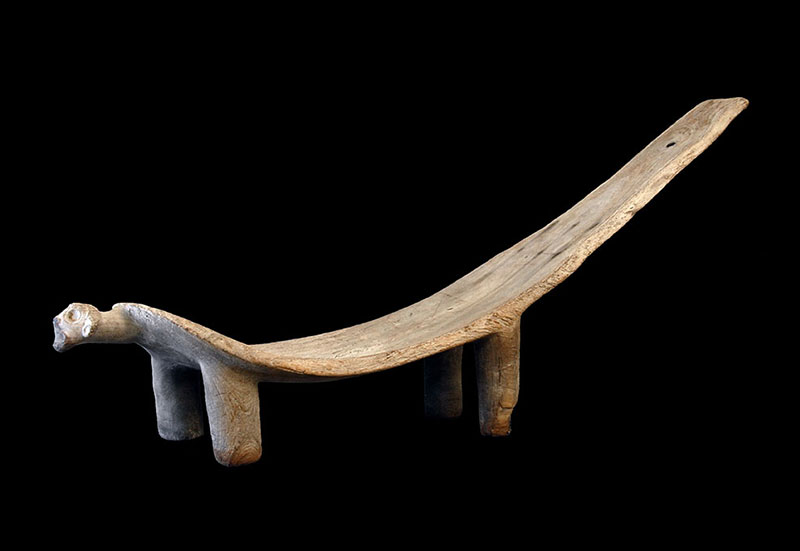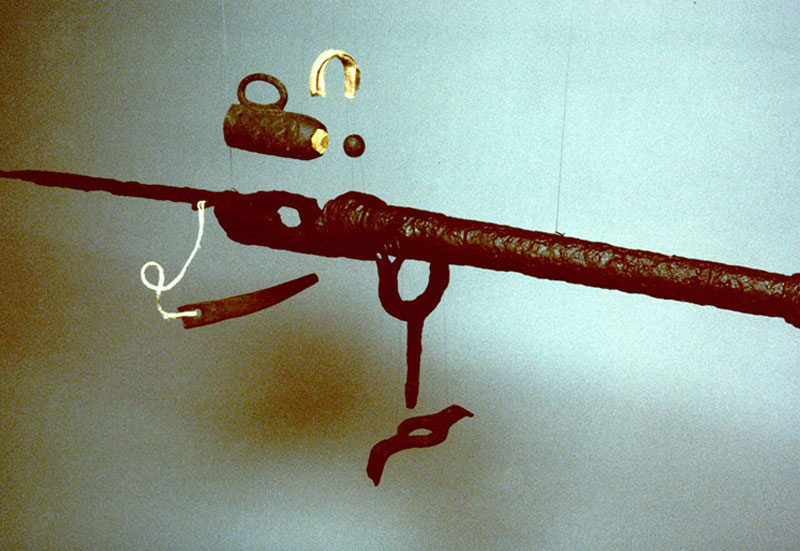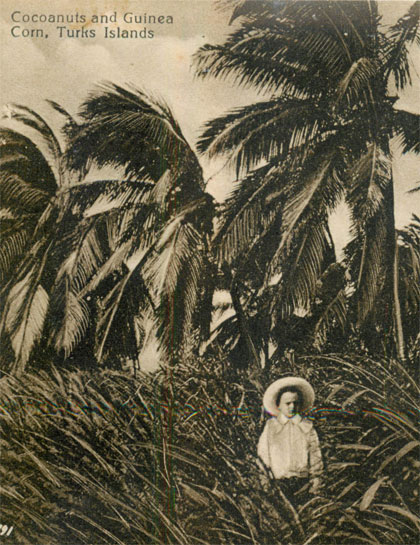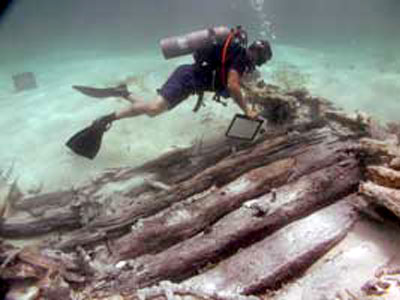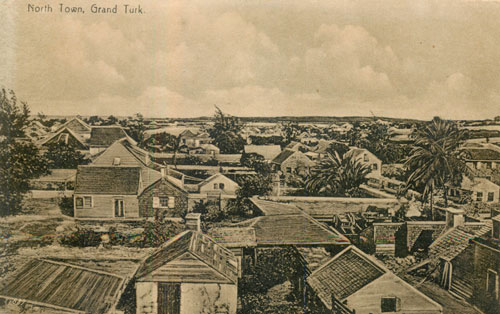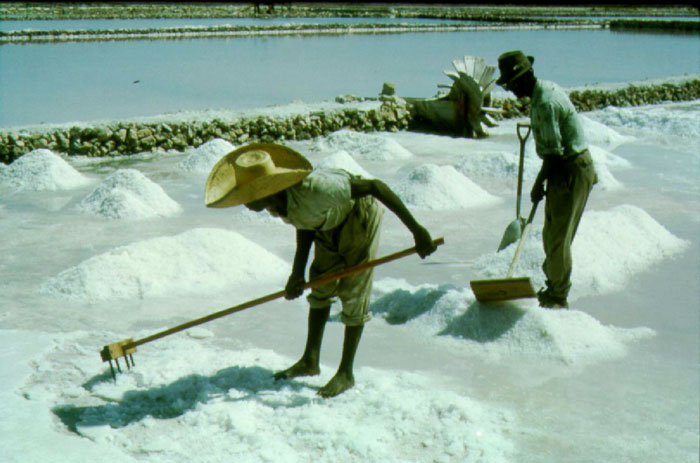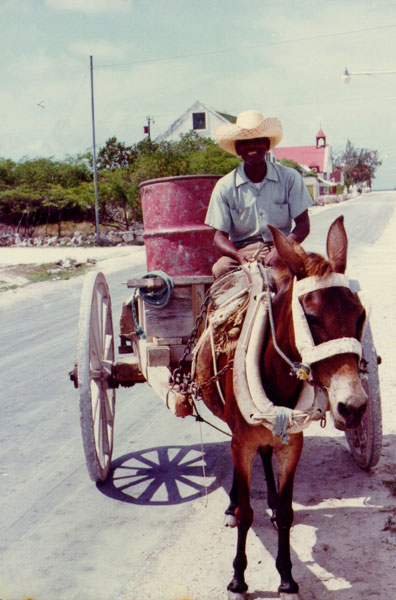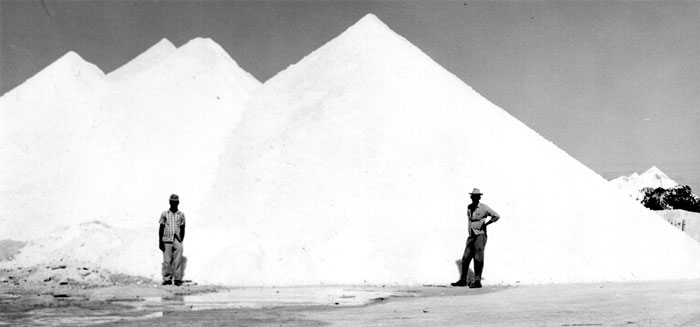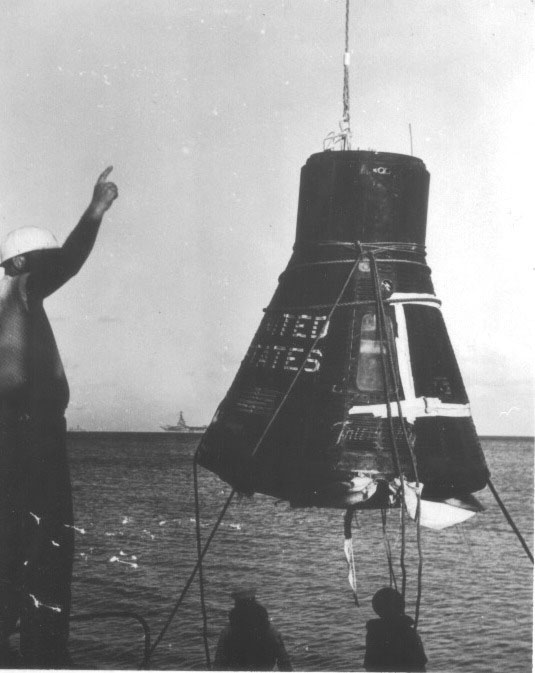Punishment
Once again there is little evidence of how and when owners punished their slaves.
Some writers have suggested that law restricted the punishment of slaves in the Bahamas archipelago, but according to Mary Prince they in fact seemed to have been a law unto themselves. Her account records one slave who was constantly beaten and then had salt water thrown on his wounds, which became infected and riddled with maggots, another boy was hung up by his arms and whipped for stealing with the slave owner’s son running a bayonet through his foot, and then there was one woman, Sarah, who was working too slowly and was beaten by the slave owner’s son who then threw her into a prickly pear bush- she died from her wounds a few days later.
Like all law and order during this period of history punishment was harsh. For slaves it was probably worse as they were seen as property rather than human beings. The commonest form of punishment was whipping, and would be used for even the most minor “crime”. Of course the most serious crime were those inflicted on the white slave owners or their property. It is also very likely that the severest of punishments and the continual mistreating of slaves in the name of law and order were poorly recorded if at all, because some people would not see it as worth recording whilst others would wish to keep these aspect of slave life quiet. It is also likely that slaves either did not complain officially or were never in a position where they could report mistreatment to the right authorities, which in most cases would also be slave owners and would show little or no sympathy. It is not clear weather the increased punishments of slaves leading up to the emancipation Act of 1834 is a true reflection of what was happening. It is more likely that as there was a move towards emancipation more record keeping was required and this in turn would lead to more records of severe and harsh treatment of the slaves.
One could also assume that the Old Prison would have been in use at the beginning of the 19th century (we have no exact date when it was built) and would have been the destination for many slaves, ranging from those who had committed petty crimes to those who had tried to runaway. We do know that the slaves from the Trouvadore, who had committed no crime, were held inside the prison walls until they were distributed amongst the salt pond owners. Unfortunately, prison records do not seem to survive for the slave and the immediate post slave periods, which hinder further research in this area.



